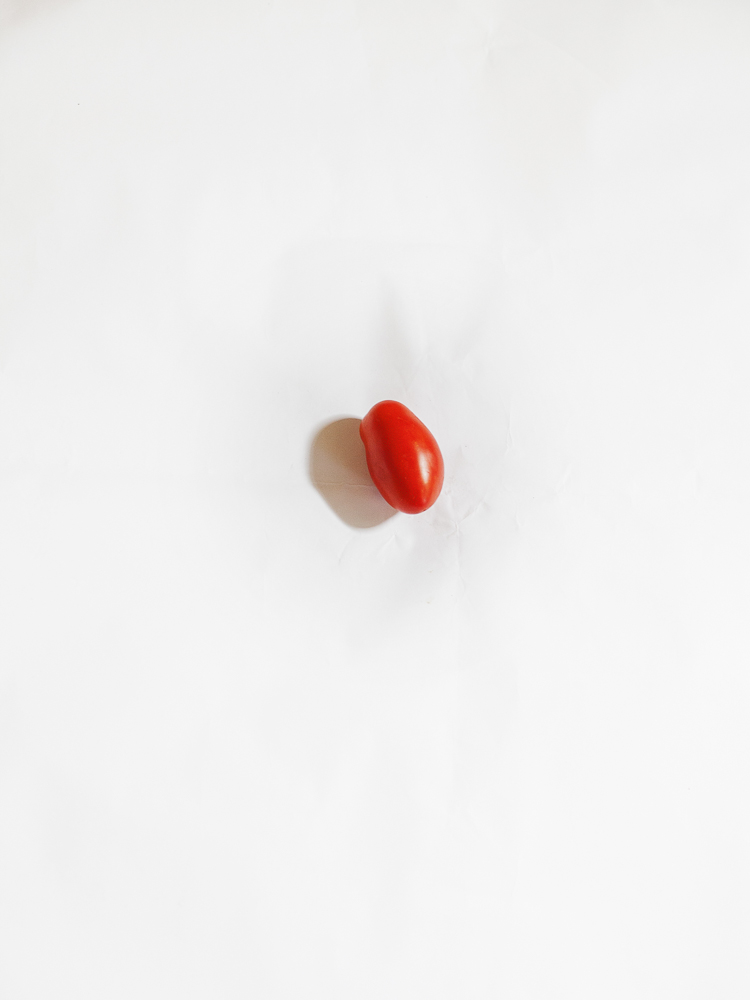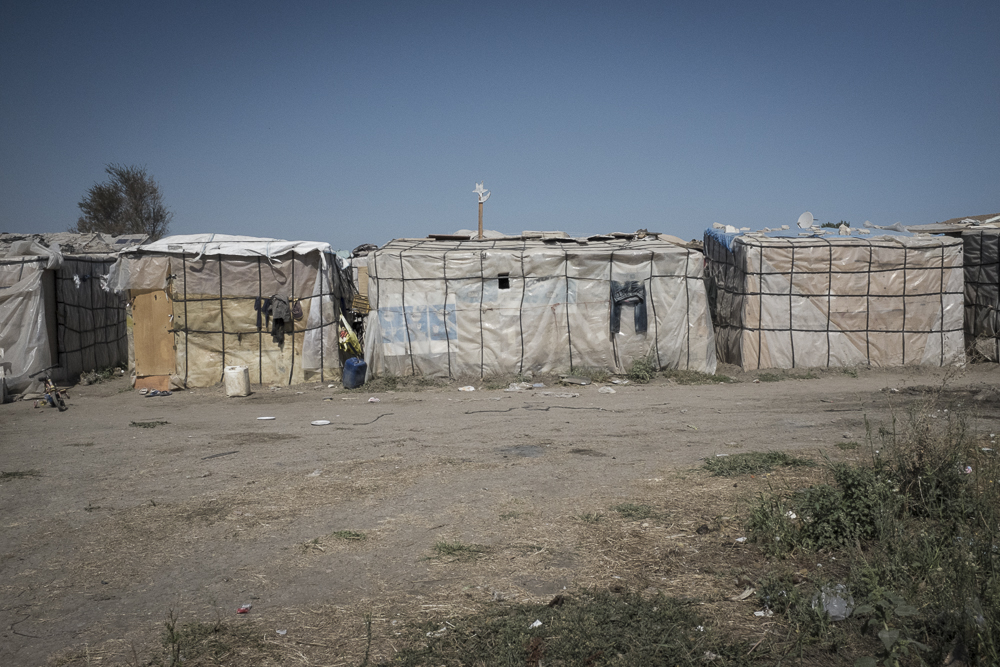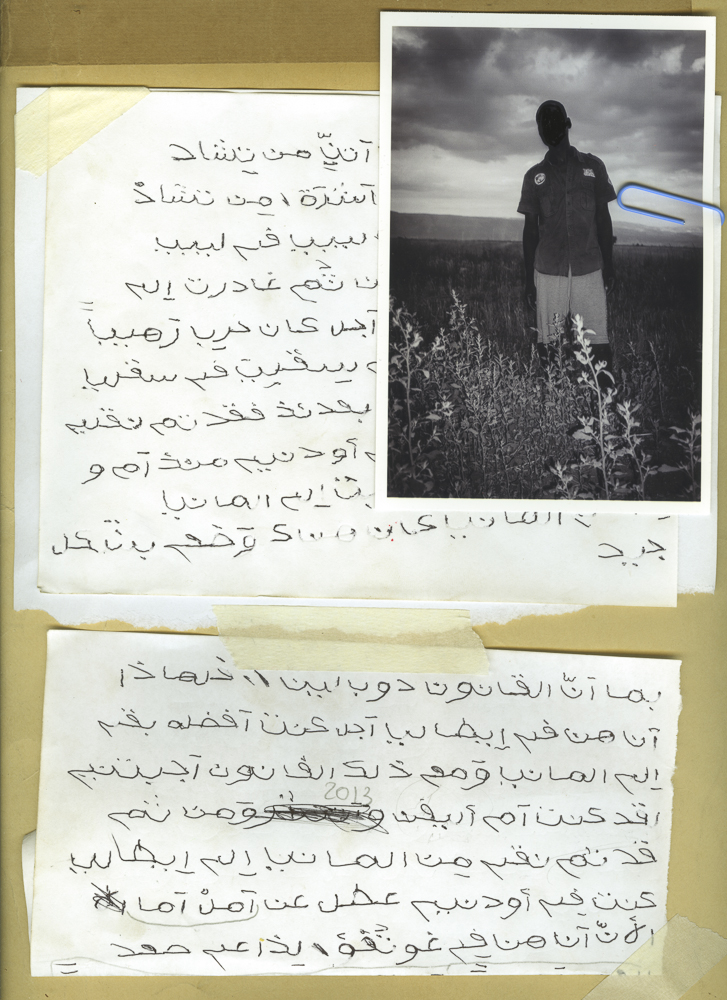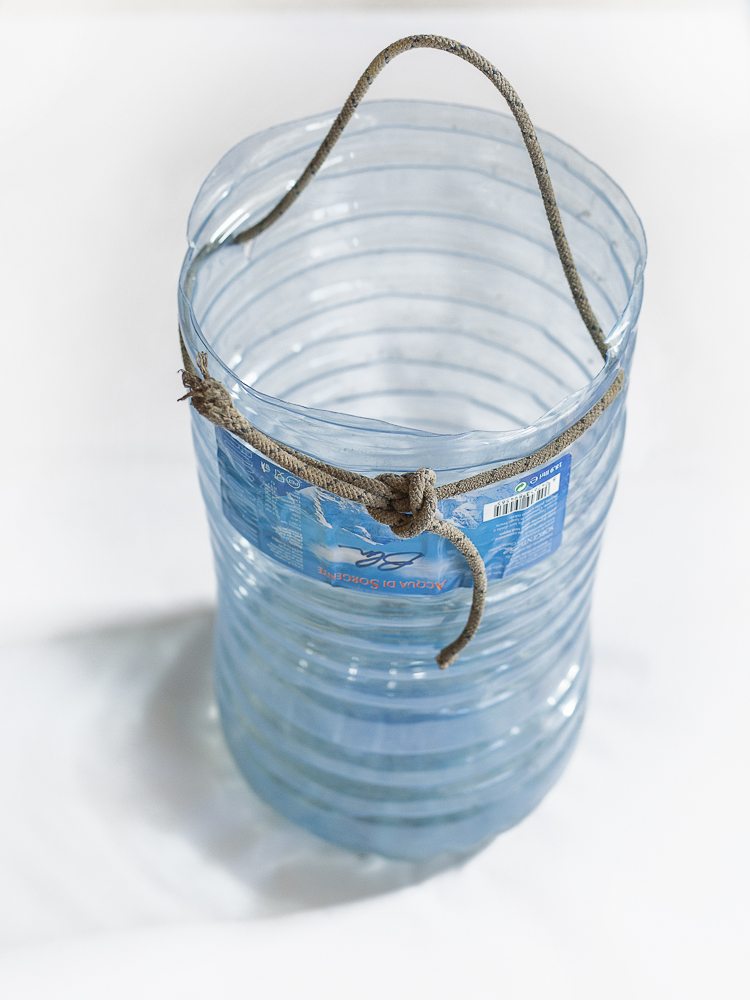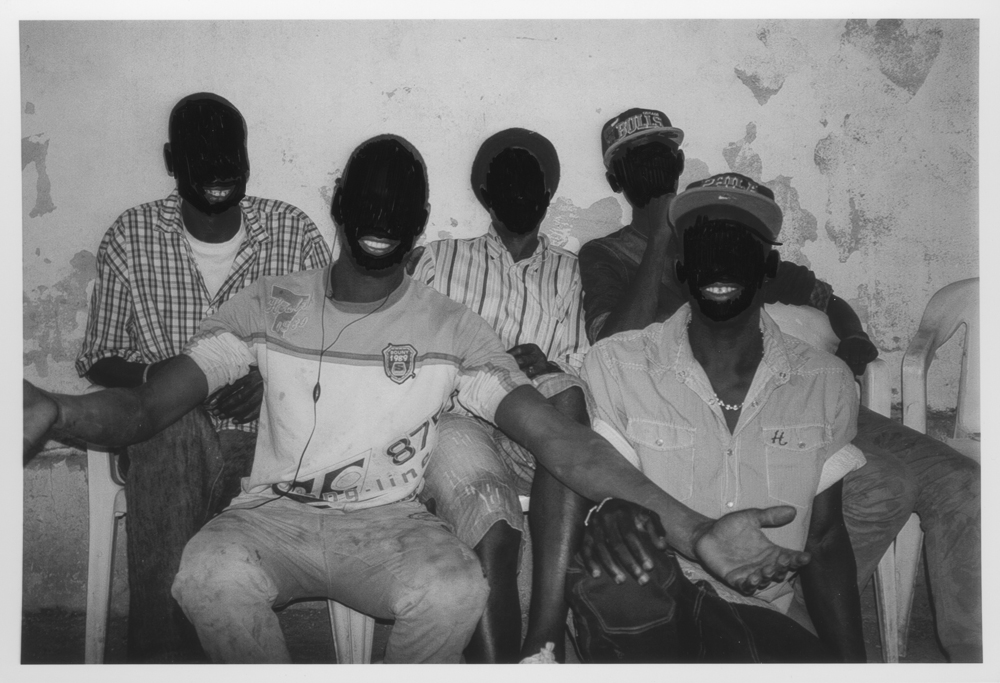On the Identity of a Tomato Picker
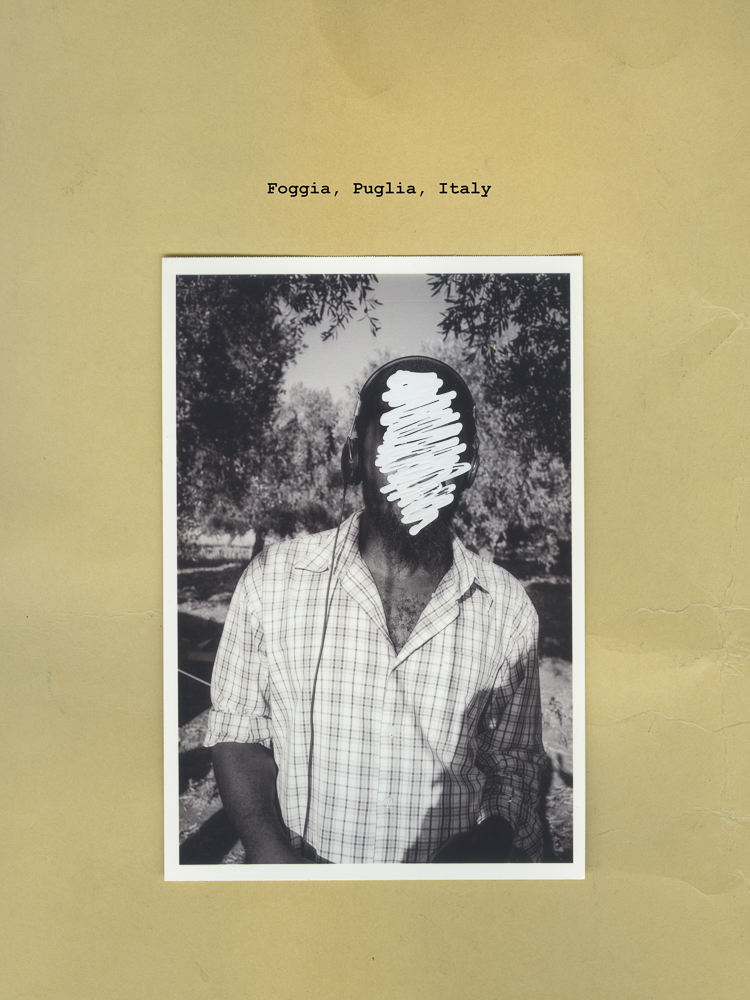
-
PhotographerDario Bosio
I went to Grand Ghetto, a cluster of precarious shelters in the countryside near Foggia, Italy, with the intention of documenting the harsh living conditions of the thousands of African immigrants that work in the fields picking tomatoes. I was living in a shelter in the Ghetto as well, together with a bunch of volunteers that set up a pirate radio for the workers to use as a communication and diversion tool. Through the radio, I had the opportunity to meet and become friend with some of the people living in the Ghetto. Soon, I started being confronted by them about my right to shoot those photographs. Many others have been here before me, they said, shooting and distributing pictures that - according to the workers - were largely unrelated to the image that the people portrayed have of themselves. It’s an image that hurts, an image that is far from their identity. ‘I am not what I look like,’ was the key concept of this long speeches I had while I was trying to understand why people were so reluctant to be photographed. Nevertheless, I was fascinated by the vast spectrum of humanity I had been able to come across during my stay. At the ghetto I met students, teachers, electricians, musicians and rebels. People that saved money for years in order to afford the journey to Italy, a place where - they were told - they could find a well-paid job and have a brighter future. People that left their countries and families to reach the ‘promised land’ Europe. People that didn’t believe their own eyes when they saw the Ghetto. People that now live in cardboard shelters with no water or electricity, working ten hours per day for less than four euros per hour. People that had to lose their identity and become tomato pickers. I worked on this series with the intention of telling a story in a way that would respect these people’s right to self-represent themselves, a story that leaves some questions open. I did not want to exploit their appearance again, but rather collect hints and traces that could help me create an open narrative about their struggle to identify themselves with the pictures.
